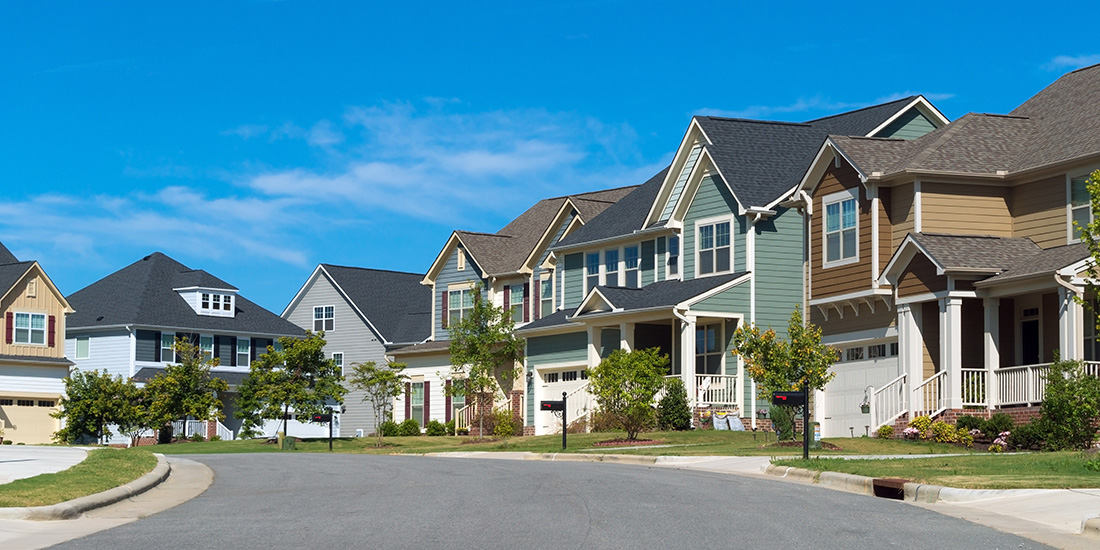 Contact
About Us
Articles
Home
Contact
About Us
Articles
Home

Older Americans and their families are putting more consideration than ever into housing options during retirement years. While housing preferences have been shifting in recent years, the COVID-19 crisis has dramatically changed how think about housing for older Americans. Although the pandemic has disrupted many plans, the encouraging news is that there are ever-increasing senior housing options and lots of choices to consider.
The reality is that even before the COVID crisis hit, there were some noticeable shifts in living options and preferences of older Americans. The combination of longer life expectancy, changing retirement goals and shifting preferences for care and support has led to shifts in senior housing markets, changes in what residents of retirement communities want, and an increased desire to age in place.
Additionally, with a rise of new options, for example senior villages and micro-communities, there was a pre-COVID rise in retirees finding creative ways to age in place. As many older adults shift their goals and expectations for what their retirement years look like, it’s not surprising that senior housing preferences have changed to meet that vision.
The pandemic has had substantial short-term impacts on senior housing, and many experts anticipate that it will result in long-term shifts to the industry. When the COVID-19 crisis hit, senior living communities were hit the hardest. In fact, while it’s a difficult statistic to compile, the Foundation for Research on Equal Opportunity estimates that 40% of COVID deaths in the United States have been in nursing homes and assisted-living facilities.
Seeing those tragedies and how the virus devasted senior communities, many retirees are rethinking plans for housing. Further, the images of older adults separated from their families and unable to visit with loved ones are lasting ones that will not be easily forgotten when they consider housing options.
On top of these concerns, senior living facilities have had to shift their sales and marketing strategies, quarantine new residents and reduce community events and programming that make these options appealing for many. For adults considering moving into a senior facility, many of these factors have given them pause and caused them to rethink their housing options.
It’s worth noting, however, that leaders in the industry are responding to many of these concerns and working to make short and long-term shifts to make communities safer and more appealing. In the short-term, this means an increase in personal protective equipment, sanitization and distancing. Long-term shifts are also under way, as facilities rethink designs to allow for more outdoor access, easy access to exterior doors and fresh air, and the development of smaller pods or pocket neighborhoods. Finally, activities, social gatherings and community dining are being rethought and, in many cases, reinvented.
At the same time, the COVID crisis has led to a much-needed shift away from simply a “hospitality” model, which is focused solely on hospitality and ignores the public health issues of having a community of older adults living close to one another. Obviously, this is a bad combination, and most such facilities are moving toward a “multi-disciplinary” approach, which gives residents additional services and support.
While traditional housing options might not seem particularly appealing at the moment, the good news is that many such communities are actively responding to the issues raised by COVID and working to make their facilities safer and more inviting. As a result, these options should not be completely crossed of the list.
Although options vary from person-to-person, here are a few of the most common senior housing options to consider:

While the cost of joining a village varies based on the services offered, the annual fees are generally around $600, making this an affordable option for seniors that want to age in place. When considering this option, however, it’s important to think about future care needs, which might not be met with this model.
It’s worth noting that Beacon Hill responded well to the pandemic. Drivers in the community did grocery shopping for members that could not get out, a phone tree was organized to check in on all members, and all social activities and exercise classes were moved online. The community was able to come together, albeit from a distance, and ensure that all members were supported and taken care of throughout the crisis.
The combination of the COVID crisis and shifts in many older adults’ retirement goals has led to some shifts in senior housing and to more seniors choosing to age in place. That said, for both seniors choosing to age in place and those looking for senior communities, there are more options available than ever. With this in mind, it’s helpful for retirees to think through retirement goals, care needs and finances to come up with the right, personalized housing solution.
Alliance America is an insurance and financial services company. Our financial professionals can assist you in maximizing your retirement resources and achieving your future goals. We have access to an array of products and services, all focused on helping you enjoy the retirement lifestyle you want and deserve. You can request a no-cost, no-obligation consultation by calling 833-219-6884 today.


